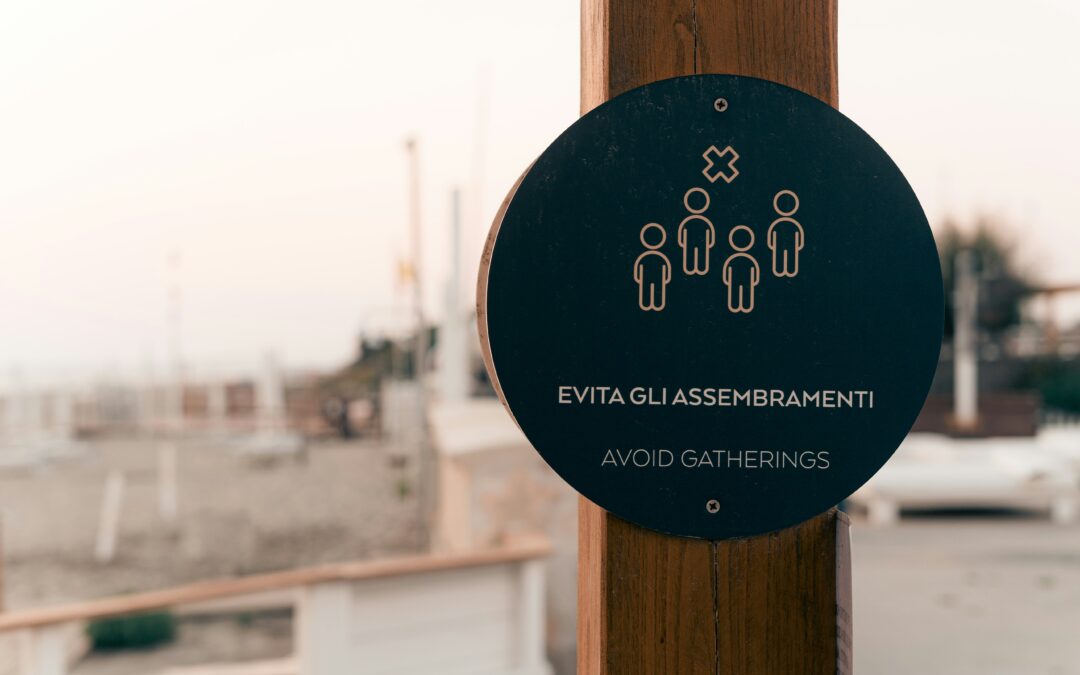Photo by Gabriella Clare Marino on Unsplash
Article written by Emma Grace Brown, edited by Teresa Carbajal.
Find your niche
You’re not just a translator. You’re a skilled professional and business owner. The fastest way to drown in the translation industry is to do a little of everything for everyone. Instead, unlock hidden niches in language work that reflect what you already know, care about, or can learn quickly. Maybe you’ve worked in healthcare, or you’ve spent years immersed in immigration law—lean into that. Clients don’t want generalists. They want translators who already understand the space. Niche is how you value your skill, time, and energy. Start narrow, stay human, and grow from deep, not wide.
Choose a business model
There’s a fundamental difference between being a skilled freelancer and running a translation company. You can move solo, as a highly specialized vendor with direct client relationships—or you can build infrastructure, collaborate with other professionals, hire subcontractors, and pitch larger agency contracts. To do that, you need to identify key translation business models and get honest about what kind of work you want to do. If you hate managing people, keep it lean and focused. But if you’ve got system process skills and vision, a boutique agency model gives you leverage. This profession isn’t just about service; it’s also about structure, systems, and scale.
Get certified
Fluency doesn’t automatically translate into credibility. In fact, many clients, especially in legal, government, or medical sectors, require proof. Certification helps you draw that line clearly. To increase trust and market access, obtain ATA certification, and give clients confidence that you’re not just bilingual, but bi-professional. The American Translators Association certification isn’t easy. That’s the point. When your skills are tested and certified by your colleagues, it signals to higher-paying clients that your skills are valuable. And even if certification isn’t mandatory in your niche, it changes how you’re perceived. It moves you from vendor to verified.
Leverage tools
Most translators hit burnout not because they lack clients, but because their workflow is chaotic. Technology doesn’t replace you, it lets you do more with less drag. The first shift? Stop running your operation from email and Excel. Instead, streamline workflow with a translation management system (TMS) and reclaim your time. A translation management system handles file handling, version control, client handoff, and even revision tracking. You’ll look more professional, waste less time, and avoid those nightmare moments where five different versions of a document are floating around.
Find clients
Translation isn’t a “build it and they’ll come” business. It’s a connection business. Visibility is your biggest bottleneck—until it isn’t. Stop cold-pitching random companies and start by making yourself visible where real clients are already looking. Many successful bilingual entrepreneurs build visibility through LinkedIn and niche-specific forums where agencies and direct clients look for language professionals every day. Share a sample. Answer a question. Comment on a localization post. Your name must appear before you can invoice. Translation work is trust-work. Show your face before you sell your service.
Stay adaptive
Let’s be clear: Machine translation is not your enemy, but it is your wake-up call. Don’t freeze. Don’t rant. Move. AI is changing what clients expect and for what they are willing to pay. The key isn’t to reject the shift, it’s to own the part of the process AI can’t touch. The nuance. The tone. The stakes. To do that, you need to navigate AI-driven translation shifts with curiosity, not fear. This means learning how to offer post-edited machine translation, repositioning yourself as a reviewer or cultural consultant, or niching even deeper into sectors where human nuance remains non-negotiable.
Formalize your setup
You can’t grow what you don’t structure. Translators seeking serious clients require more than just an email address and a PayPal account. You need a legal foundation. That’s why many choose LLC formation early, especially when planning to expand. Use a dedicated platform like ZenBusiness to help set up your LLC quickly to access a clear operating structure, tax advantages, and client-ready professionalism. The proper structure doesn’t just protect you legally, it gives you the confidence to take your business to the next level.
Being bilingual is a superpower. But building a business takes more than fluency. It takes moves. It takes strategy. It takes a brain wired for entrepreneurship and a willingness to adapt as tools, clients, and platforms evolve. Whether you stay solo or build a team, your future as a translator depends on more than just language skills. It depends on systems, visibility, and determination. Don’t wait for the perfect moment. Choose your niche, set up your model, get legit, and start saying yes to the work already waiting for you.
Discover a world of community relations and cultural insights at Sententia Vera, your gateway to enriching experiences and genuine community connections!
If you enjoy my stories and value the art of writing, you can support my craft by sharing this story and/or buying me a cup of café con leche.

